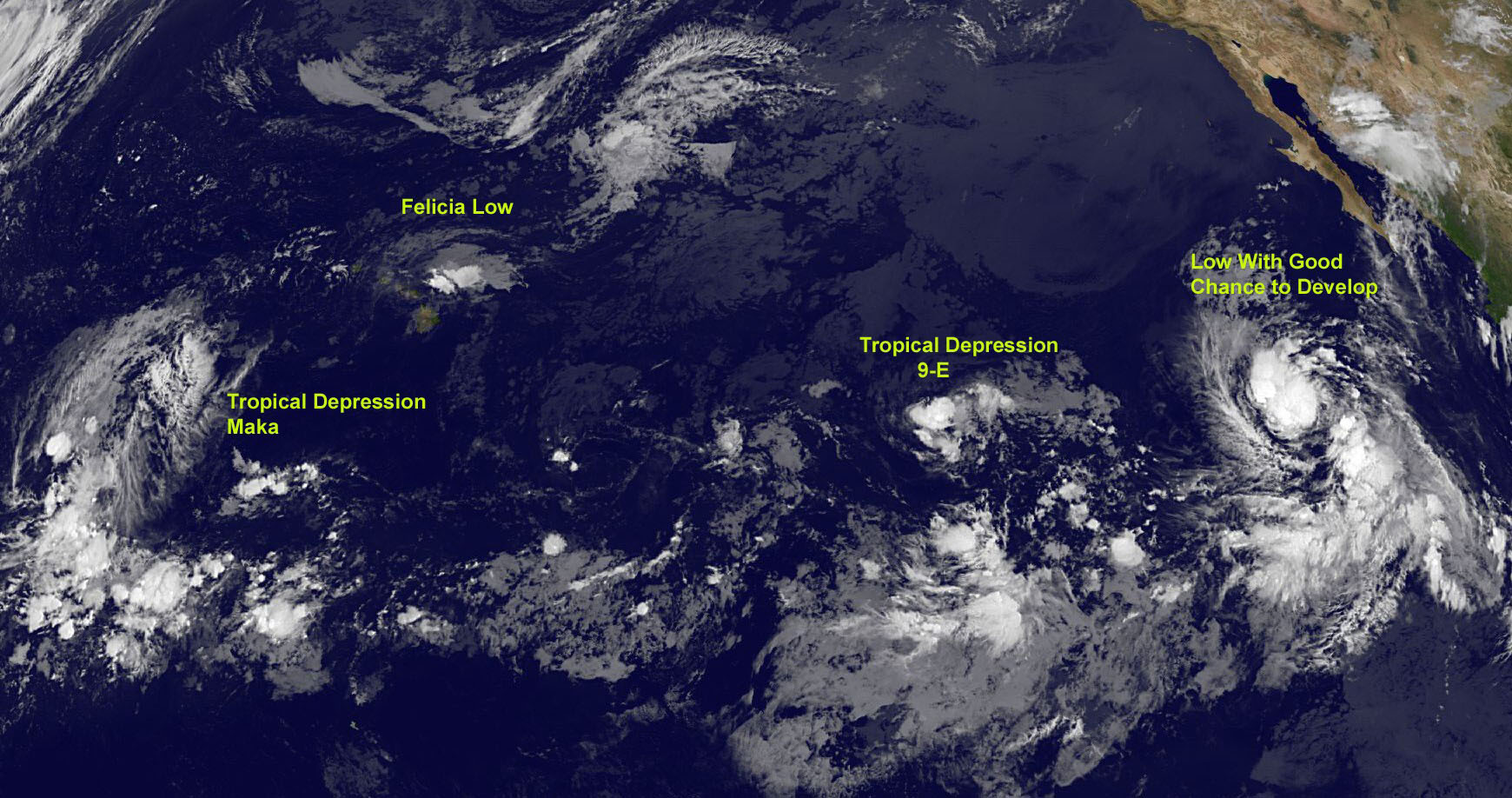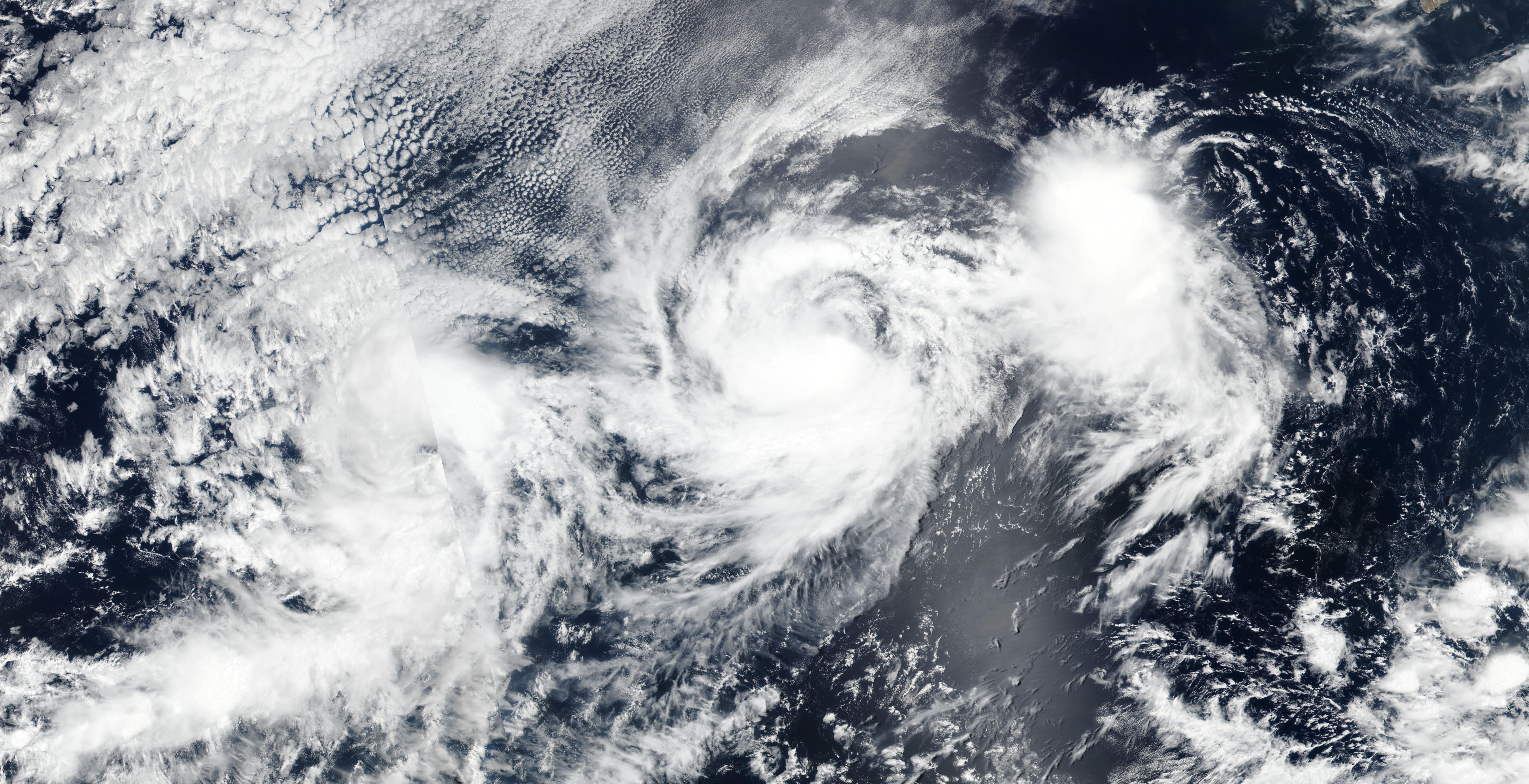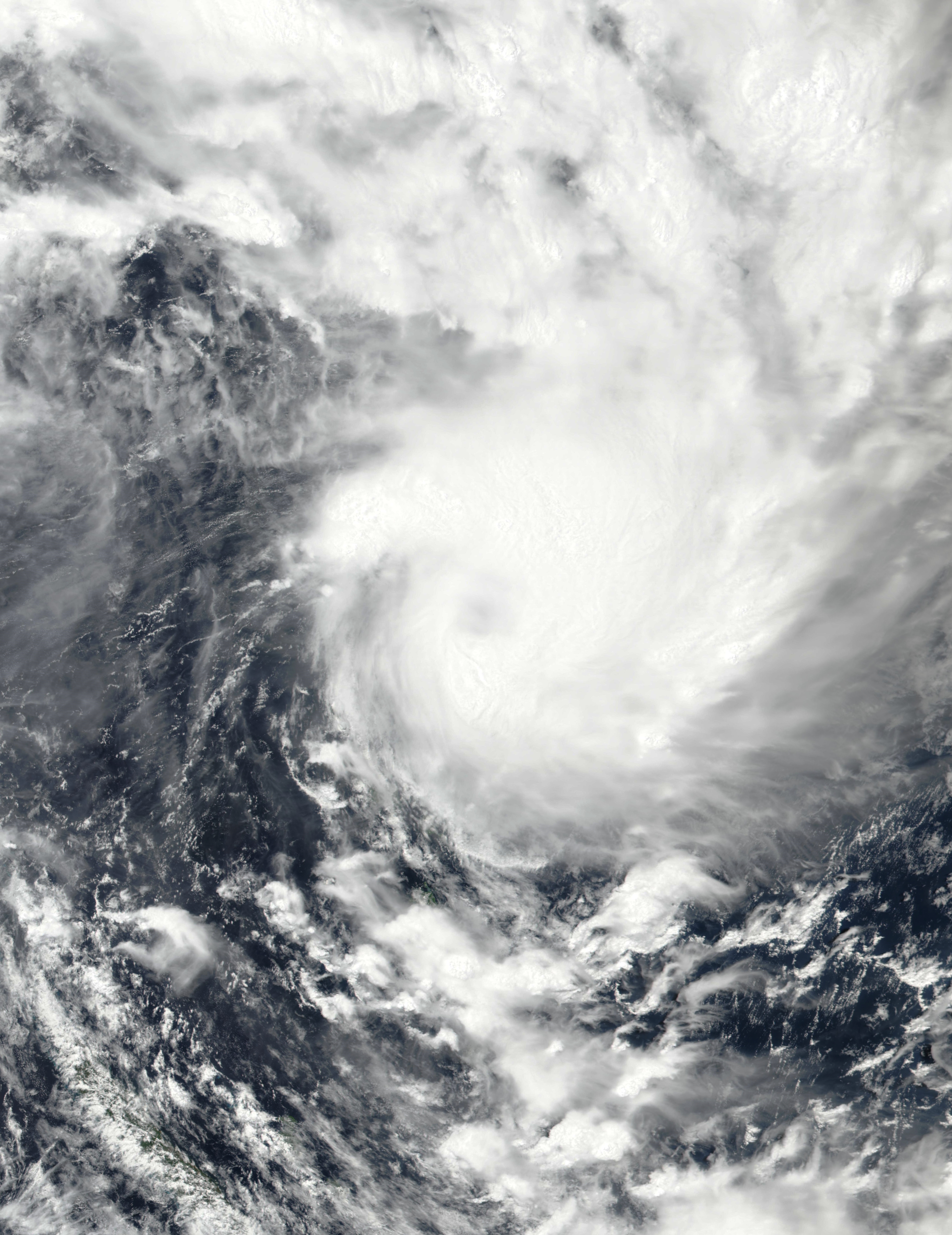|
List Of Storms Named Kevin
The name Kevin has been used for nine tropical cyclones worldwide: seven in the Eastern Pacific Ocean, and one each in the Australian region and the South Pacific. In the Eastern Pacific: * Tropical Storm Kevin (1985) – remained at sea * Hurricane Kevin (1991) – Category 4 major hurricane that caused no damage or casualties * Tropical Storm Kevin (1997) – stayed out to sea * Tropical Storm Kevin (2003) – weak tropical storm that paralleled the Baja California peninsula * Tropical Storm Kevin (2009) – stayed out to sea * Tropical Storm Kevin (2015) – remained at sea * Tropical Storm Kevin (2021) – paralleled the west coast of Mexico In the Australian region: * Cyclone Kevin (1979) – off-season system that took an unusual zig-zag path In the South Pacific: * Cyclone Kevin (2023) – powerful Category 5 severe tropical cyclone that impacted Vanuatu Vanuatu ( or ; ), officially the Republic of Vanuatu (french: link=no, République de Vanuatu; bi, Ripab ... [...More Info...] [...Related Items...] OR: [Wikipedia] [Google] [Baidu] |
Tropical Cyclone
A tropical cyclone is a rapidly rotating storm system characterized by a low-pressure center, a closed low-level atmospheric circulation, strong winds, and a spiral arrangement of thunderstorms that produce heavy rain and squalls. Depending on its location and strength, a tropical cyclone is referred to by different names, including hurricane (), typhoon (), tropical storm, cyclonic storm, tropical depression, or simply cyclone. A hurricane is a strong tropical cyclone that occurs in the Atlantic Ocean or northeastern Pacific Ocean, and a typhoon occurs in the northwestern Pacific Ocean. In the Indian Ocean, South Pacific, or (rarely) South Atlantic, comparable storms are referred to simply as "tropical cyclones", and such storms in the Indian Ocean can also be called "severe cyclonic storms". "Tropical" refers to the geographical origin of these systems, which form almost exclusively over tropical seas. "Cyclone" refers to their winds moving in a circle, whirling ... [...More Info...] [...Related Items...] OR: [Wikipedia] [Google] [Baidu] |
Tropical Storm Kevin (1985)
The 1985 Pacific hurricane season is the third-most active Pacific hurricane season on record. It officially started on May 15, 1985, in the eastern Pacific, and on June 1, 1985, in the central Pacific, and lasted until November 30, 1985. These dates conventionally delimit the period of each year when most tropical cyclones form in the northeastern Pacific Ocean. At the time, the 1985 season was the most active on record in the eastern north Pacific, with 28 tropical cyclones forming. Of those, 24 were named, 13 reached hurricane intensity, and 8 became major hurricanes by attaining Category 3 status or higher on the Saffir–Simpson scale. At that time, the 24 named storms was a record; however, this record was broken seven years later in 1992, and was therefore recognized as the second busiest season within the basin, until it was surpassed exactly thirty years later by the 2015 season. Despite the activity, only one system made landfall in 1985. Hurricane Waldo caused mod ... [...More Info...] [...Related Items...] OR: [Wikipedia] [Google] [Baidu] |
Hurricane Kevin (1991)
The 1991 Pacific hurricane season was a near-average Pacific hurricane season. The worst storm this year was Tropical Storm Ignacio, which killed 23 people in Mexico and injured 40 others. Elsewhere, Hurricane Fefa caused flooding in Hawaii. Hurricane Kevin was the strongest system of the season and became the then longest-lasting hurricane in the eastern north Pacific basin at the time, and Hurricane Nora was the strongest November storm to that point. The season officially started on May 15, 1991, in the eastern Pacific, and on June 1, 1991, in the central Pacific. It lasted until November 30, 1991, in both basins. These dates conventionally delimit the period of each year when most tropical cyclones form in the northeastern Pacific Ocean. Seasonal summary ImageSize = width:800 height:215 PlotArea = top:10 bottom:80 right:20 left:20 Legend = columns:3 left:30 top:58 columnwidth:270 AlignBars = early DateFormat = dd/mm/yyyy Period = from:01/05/1991 till:01/12/1991 Tim ... [...More Info...] [...Related Items...] OR: [Wikipedia] [Google] [Baidu] |
Tropical Storm Kevin (1997)
The 1997 Pacific hurricane season was a very active hurricane season. With hundreds of deaths and hundreds of millions of dollars in damage, this season was one of the costliest and deadliest Pacific hurricane seasons. This was due to the exceptionally strong 1997–98 El Niño event. The season officially started on May 15, in the eastern Pacific, and on June 1, in the central Pacific, and lasted until November 30. These dates conventionally delimit the period of each year when almost all tropical cyclones form in the northeastern Pacific Ocean. Several storms impacted land. The first was Tropical Storm Andres which killed four people and left another two missing. In August, Tropical Storm Ignacio took an unusual path, and its extratropical remnants caused minor damage in the Pacific Northwest and California. Linda became the most intense east Pacific hurricane in recorded history, a record it maintained until it was surpassed by Hurricane Patricia in 2015. Although it never m ... [...More Info...] [...Related Items...] OR: [Wikipedia] [Google] [Baidu] |
Tropical Storm Kevin (2003)
The 2003 Pacific hurricane season was the first season to feature no major hurricanes – storms of Category 3 intensity or higher on the Saffir–Simpson hurricane wind scale (SSHWS) – since 1977. The dates conventionally delimiting the period when most tropical cyclones form in the Pacific Ocean are May 15 in the Eastern Pacific Ocean and June 1 in the Central Pacific, with both seasons ending on November 30. The 2003 season featured 16 tropical storms between May 19 and October 26; 7 of these became hurricanes, which was then considered an average season. Damage across the basin reached US$129 million, and 23 people were killed by the storms. Despite the overall lack of activity, the season produced an unusually large number of tropical cyclones that affected Mexico, with eight tropical cyclones making landfall on either side of Mexico, which was the second highest on record. Tropical Storm Carlos struck Oaxaca in late June, resultin ... [...More Info...] [...Related Items...] OR: [Wikipedia] [Google] [Baidu] |
Tropical Storm Kevin (2009)
The 2009 Pacific hurricane season was the most active Pacific hurricane season since 1994. The season officially started on May 15 in the East Pacific Ocean, and on June 1 in the Central Pacific; they both ended on November 30. These dates conventionally delimit the period of each year when most tropical cyclones form in the Pacific basin. However, the formation of tropical cyclones is possible at any time of the year. For the first time in ten years, no tropical depressions formed during the month of May. This inactivity continued into the early part of June and was the least active since 1994. The first named storm of the season did not develop until June 21, marking the latest start to a Pacific hurricane season in 40 years. However, according to the NHC's tropical weather summary, August 2009, with seven named storms in their region, was one of the most active Augusts on record for the basin. This level of activity had rarely occurred, if at all, in the past 41 years, since 196 ... [...More Info...] [...Related Items...] OR: [Wikipedia] [Google] [Baidu] |
Tropical Storm Kevin (2015)
The 2015 Pacific hurricane season is the second-most active Pacific hurricane season on record, with 26 named storms, only behind the 1992 season. A record-tying 16 of those storms became hurricanes, and a record 11 storms further intensified into major hurricanes throughout the season. The Central Pacific, the portion of the Northeast Pacific Ocean between the International Date Line and the 140th meridian west, had its most active year on record, with 16 tropical cyclones forming in or entering the basin. Moreover, the season was the third-most active season in terms of accumulated cyclone energy, amassing a total of 287 units. The season officially started on May 15 in the Eastern Pacific and on June 1 in the Central Pacific; they both ended on November 30. These dates conventionally delimit the period of each year when most tropical cyclones form in the Northeast Pacific basin. However, the formation of tropical cyclones is possible at any time of the ... [...More Info...] [...Related Items...] OR: [Wikipedia] [Google] [Baidu] |
Tropical Storm Kevin (2021)
The 2021 Pacific hurricane season was a moderately active Pacific hurricane season, with above-average tropical activity in terms of named storms; but featured below-average activity in terms of major hurricanes and a near-normal accumulated cyclone energy (ACE). Five of the season's nineteen named storms made landfall in Mexico, the most since 2018. The season officially began on May 15 in the Eastern Pacific, and on June 1 in the Central Pacific; both ending on November 30. These dates historically describe the period each year when most tropical cyclones form in the Pacific basin and are adopted by convention. However, the formation of tropical cyclones is possible at any time of the year, as illustrated by the formation of Tropical Storm Andres on May 9, which became the earliest forming tropical storm in the northeastern Pacific proper (east of 140°W longitude) on record. In June, Tropical Storm Dolores made landfall near the border of the Mexican states of Co ... [...More Info...] [...Related Items...] OR: [Wikipedia] [Google] [Baidu] |
Mexico
Mexico ( Spanish: México), officially the United Mexican States, is a country in the southern portion of North America. It is bordered to the north by the United States; to the south and west by the Pacific Ocean; to the southeast by Guatemala, Belize, and the Caribbean Sea; and to the east by the Gulf of Mexico. Mexico covers ,Mexico '' The World Factbook''. . making it the world's 13th-largest country by area; with approximately 12 ... [...More Info...] [...Related Items...] OR: [Wikipedia] [Google] [Baidu] |
Cyclone Kevin (1979)
Cyclones Judy and Kevin were a pair of intense tropical cyclones that made landfall on the Pacific island nation of Vanuatu, within 48 hours of each other in March 2023. They were the fourth and fifth named storms of the 2022–23 South Pacific cyclone season respectively, as well as the second and third severe tropical cyclones of the season. By the end of February, Judy had affected the Solomon Islands, and shortly after, Kevin began to affect the country. The nations were pounded by powerful winds and destructive seas. Vanuatu was heavily affected, being struck by both cyclones two days apart. The government asked Australia and New Zealand for aid shortly after Judy's passage. During March 3, as Kevin was impacting the islands, a Magnitude 6.5 earthquake hit just west of Espiritu Santo, and then a Magnitude 5.5 earthquake aftershock hit the island shortly after. Nonetheless, no deaths or significant injuries have been reported in connection with either cyclone. Meteorologic ... [...More Info...] [...Related Items...] OR: [Wikipedia] [Google] [Baidu] |




